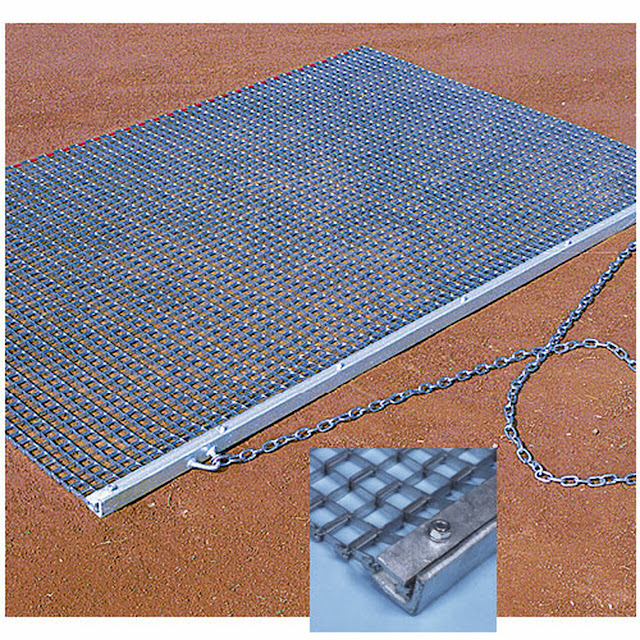Why Regulation Size Matters The Impact on Youth Soccer Development
In recent years, youth soccer programs have experienced significant growth in participation and recognition of the importance of structured development. Central to this growth is understanding how critical regulation sizes are, ranging from field dimensions to ball size, shaping young players' experiences and development. This includes the use of regulation-size soccer goals, which are essential for fostering a realistic playing environment. The implications are profound, influencing not just the physical skills of young athletes, but also their social-emotional and cognitive growth.
Understanding Regulation Sizes
Regulation sizes encompass various dimensions including the size of the field the goalposts and the ball These specifications often vary across age groups with the intent of fostering an optimal environment for player development For younger players smaller fields and lighter balls allow them to engage more effectively facilitating skill acquisition and promoting a sense of achievement.
For instance, a standard youth soccer field for U8 players is generally around 30x20 yards compared to a full-sized field used in adult soccer which measures approximately 110x75 yards A smaller playing area allows for more engagement reducing the distance that players must travel and subsequently increasing the number of touches on the ball per game.
Enhancing Skill Development
One of the primary impacts of regulation size is on skill development Young players require frequent opportunities to control pass and shoot the ball to enhance their technical proficiency When fields are scaled down the pace of play accelerates and players are compelled to think and act more quickly This immediacy cultivates essential skills such as decisionmaking spatial awareness and teamwork.
Moreover using appropriately sized balls helps younger players develop a better feel for the game A lighter ball is not only easier to handle but also minimizes the fear of injury encouraging children to experiment with their abilities By creating an environment where they can confidently practice dribbling passing and shooting players are more likely to develop a lifelong love for the sport.
Promoting Team Dynamics
In addition to technical development regulation sizes influence the social dynamics of youth soccer Smaller teams on modified fields foster greater participation and involvement With fewer players on the field each child has more opportunities to contribute to the game encouraging teamwork and communication This structure helps young players learn the value of cooperation and support laying a foundation for positive interpersonal relationships on and off the field.
Furthermore, in smaller game scenarios, the emphasis shifts from reliance on individual talents to collective strategy Players learn to work together creating intricate plays that require trust and understanding among teammates These are vital life skills that extend beyond sports and into everyday social interactions.
Emotional and Cognitive Benefits
The regulation size not only supports physical and social development but also has emotional and cognitive ramifications Playing in appropriately sized environments helps reduce instances of frustration that can arise when young players feel overwhelmed by larger fields or fast-paced games It cultivates a sense of accomplishment as children can more readily experience success during games This success is crucial for building self-esteem and a positive self-image.
From a cognitive perspective, the accelerated pace of play encourages critical thinking and adaptability Young athletes learn to assess situations rapidly anticipate opponents movements, and make quick decisions that are invaluable in all areas of life.
As youth soccer continues to evolve the importance of regulation sizes cannot be overstated The right dimensions not only optimize physical and technical development but also enhance social interaction emotional well being and cognitive skills By prioritizing these considerations in youth soccer programs coaches and organizations can create a supportive environment that nurtures future generations of players ensuring not just better athletes but well-rounded individuals.
In the grand scheme of youth soccer development the mantra may very well remain size matters By committing to thoughtful regulation standards we open the door to a richer more engaging and ultimately more rewarding soccer experience for every child.



Comments
Post a Comment